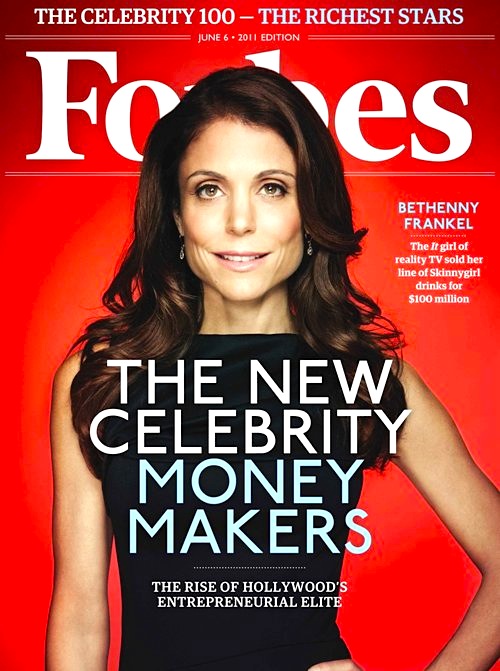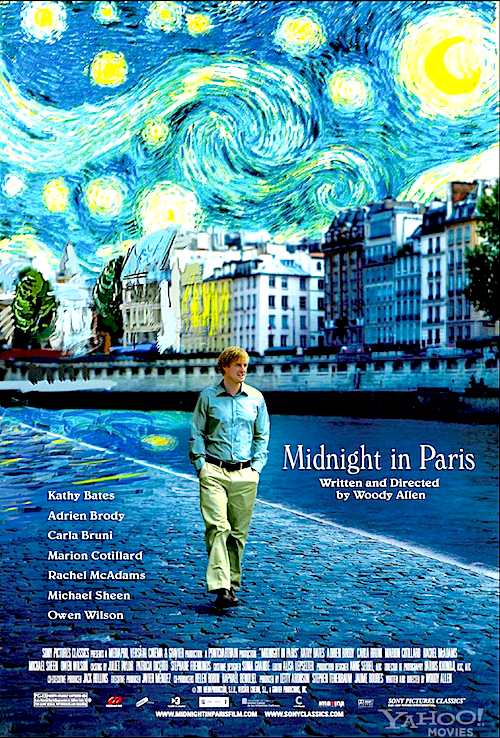 By Govindini Murty. Housewife shows are apparently bigger business than ever before, with one ‘housewife’ formerly of Bravo’s Real Housewives of New York City even recently signing a major merchandising deal for $100 million. I commented on this trend a year ago and said that it represented a move toward traditionalism – posing a wry counterpoint to the apparent ‘progressiveness’ of modern popular culture. After all, the ‘housewife’ shows glamorize women who seem to do nothing but shop, gossip, have lunch, dress up and attend parties – and who have only acquired their lifestyles by marrying wealthy men. These tendencies reached their zenith in the deliciously campy and over-the-top recent episodes of The Real Housewives of NYC‘s lavish trip to Morocco (read hilarious recaps here, here and here), an obvious homage to the notorious trip to the Middle East from last year’s Sex and the City 2 – a film that earned over $288 million at the worldwide box office.
By Govindini Murty. Housewife shows are apparently bigger business than ever before, with one ‘housewife’ formerly of Bravo’s Real Housewives of New York City even recently signing a major merchandising deal for $100 million. I commented on this trend a year ago and said that it represented a move toward traditionalism – posing a wry counterpoint to the apparent ‘progressiveness’ of modern popular culture. After all, the ‘housewife’ shows glamorize women who seem to do nothing but shop, gossip, have lunch, dress up and attend parties – and who have only acquired their lifestyles by marrying wealthy men. These tendencies reached their zenith in the deliciously campy and over-the-top recent episodes of The Real Housewives of NYC‘s lavish trip to Morocco (read hilarious recaps here, here and here), an obvious homage to the notorious trip to the Middle East from last year’s Sex and the City 2 – a film that earned over $288 million at the worldwide box office.
When these housewives have careers, they often appear to be pursued for vanity reasons, rather than for serious purposes of building long-term professional achievements or for supporting their families. And yet, in the very fact that these housewife shows are highly popular on TV (and seem to be the major money-makers for the cable network Bravo, which has launched six of the Real Housewives shows), they appear to be one of the few ways in which shows featuring a majority of women characters can even get on the airwaves.
I’ve written previously about the highly un-progressive nature of Hollywood casting. Despite the fact that women make up over 50% of the population (and according to the MPAA’s 2010 box office report, purchase 50% of the movie tickets), according to SAG statistics they’re only cast in one out of three lead roles in film and TV, and only earn two-thirds of the pay of male actors. Watch most network TV shows, TV ads, or movies in theaters and you will see two or three men cast for every woman. It’s completely deplorable.

This disparity poses a telling contrast to the era of classic Hollywood, when it seemed that leading women got as many roles as the leading men -and were often the most highly-paid performers at their studios. When Greta Garbo made films with Clark Gable at MGM, she got top billing. When Marlene Dietrich was at the height of her fame in the ’30s at Paramount, she was the highest-paid performer at the studio. Mary Pickford was so powerful in the 1910s and ’20s that she co-founded and ran her own movie studio, United Artists, after being the top-paid performer at Paramount. Even Shirley Temple was the top money-earner at Twentieth-Century Fox in the depths of the Depression, single-handedly keeping the studio afloat and earning the paychecks to match. Is there any female actress today with the clout to co-found a movie studio? No. Is there any female actress today who earns more than the top male stars at any studio? No. Is there any top female actress who will get top billing over a top male star? No. And yet in reality TV – which may more accurately reflect the tastes of average Americans, due to the fluid, highly-adaptable nature of the programming – women get the majority of the roles and significantly out-earn male reality TV stars. Continue reading Bravo’s Billion-Dollar Housewife?
